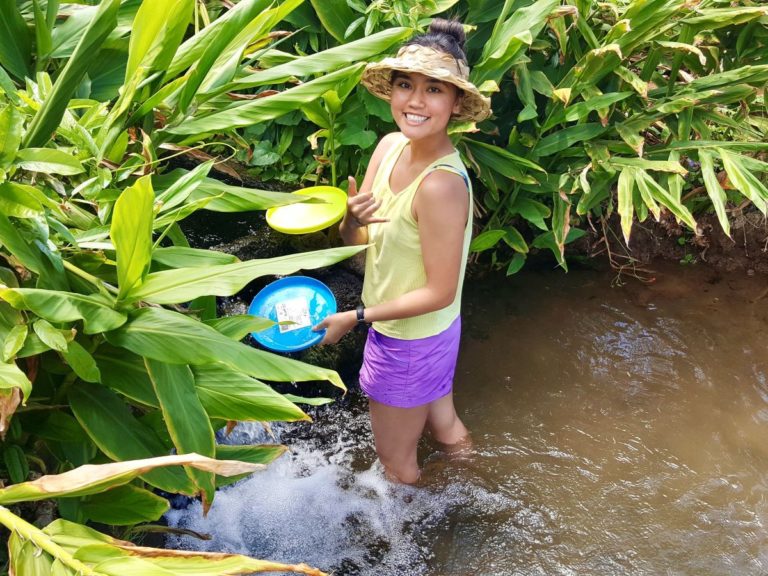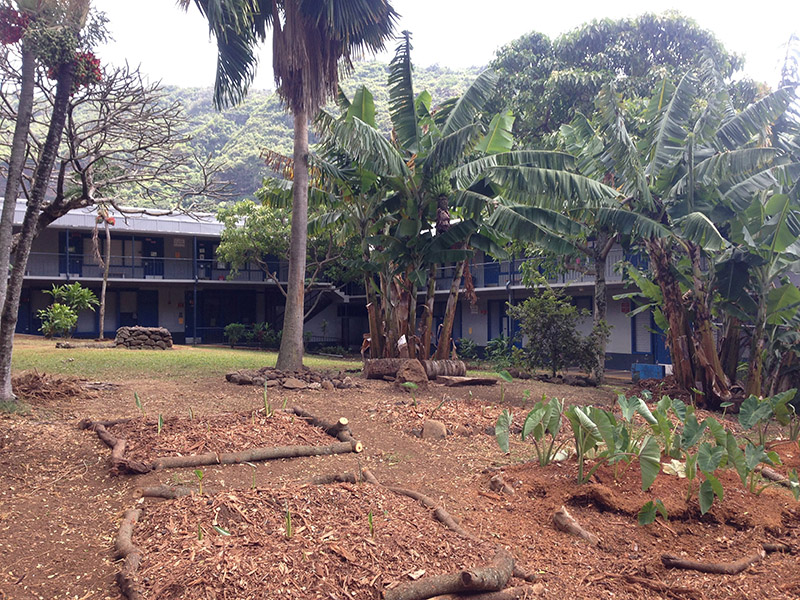

This post is the next in Kelsey’s ongoing reflections on the Ethnomathematics and STEM Institute, in which she is participating.
At Purple Maiʻa we (or at least I) often struggle with how to articulate the way that we want to bring culture into the coding classroom. Bringing in culture as window dressing can do more harm than good, and that is not what we’re about.
At last month’s ethnomath workshop, the paired themes were culture and mālama. It seems like the implicit question posed to us as educators by this theme is: how can we mālama culture, and encourage our students to mālama their cultures?
In a way, this question can encourage the attitude that cultures would disappear if we weren’t always caring for them. This is both true and false. Culture is always around us, and always continuing and changing; we will never be without our cultures. On the other hand, certain aspects of culture certainly do lose relevance for people depending on circumstance. Too often cultures are treated like they are on life support or something, and I want to resist that notion–because people are alive and well, their cultures are alive and well too. But at the same time, there are certainly aspects of culture that deserve a little care.
Often the parts of culture that fall out of use are the parts that get supplanted by industrial processes and commodities. We don’t weave our own hats or make our own printed fabrics anymore because these things are manufactured for us by machines and underpaid third-world workers. These things make life easier (for us in the first world) but what do they do to our cultures? We live in cultures of consumption and are not making use of the parts of our cultures that are about making material things.
So I appreciated that the lessons we did last month built in a chance for students and teachers to mālama Hawaiian culture by engaging in practices like lauhala weaving and carving ʻohe kapala. For myself, in the process of weaving and drawing patterns, I realized that there is a part of myself that I haven’t been taking care of. I love patterns! I have slight compulsions to do things like trace bathroom tile patterns with my eyes, or try to make sense of wood grains that just fundamentally don’t make sense. While weaving the practice ribbons and planning my ʻohe kapala pattern, I felt like I was using a part of my brain that has been yearning for some action. I usually don’t like evolutionary explanations for things, but maybe I get distracted by patterns for the same reason my boyfriend gets distracted by animals–after centuries of humans doing these things, his brain/body wants to hunt, and my brain/eyes/hands want to weave.
Getting back to coding and culture–our challenge at Purple Maiʻa is that coding is fundamentally not of Hawaiian culture, so when we teach coding we are not necessarily mālama-ing the cultures of all our students. But coding can certainly be approached in a Hawaiian way, and we are figuring out what that looks like. (Or in a Japanese way, or in the “way” of any culture.) I think of coding and computer science education as also a way to mālama those students whose brains–for whatever reason–want to code! Some people (of any culture, and not just people who are stereotypical “nerds”) just get it and want to run with it, and those people deserve a chance to use those parts of themselves.